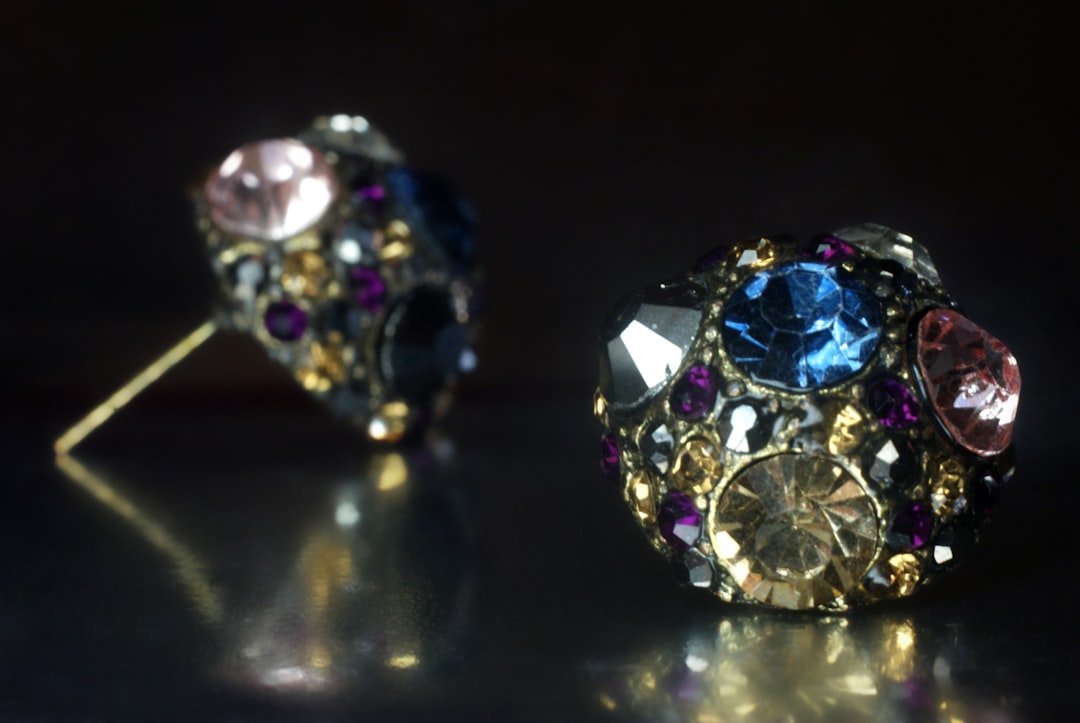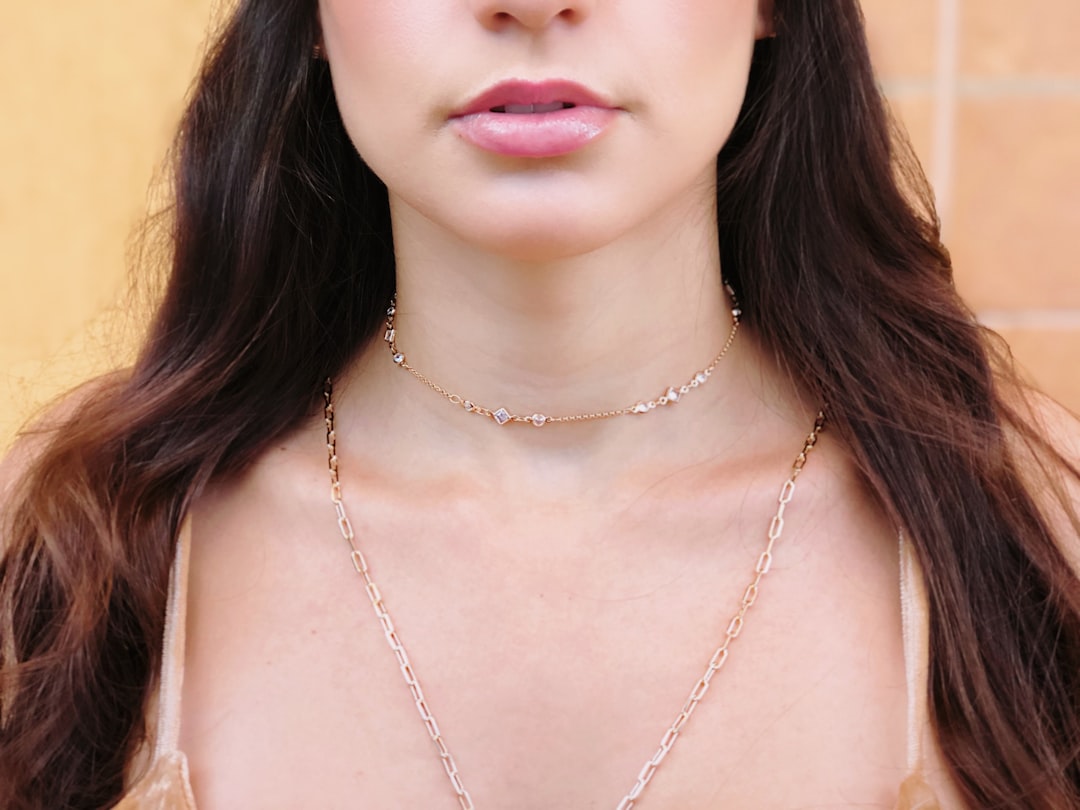In the sparkling world of jewelry, visual appeal isn’t just important—it’s everything. Whether you’re a business owner displaying your inventory online, a photographer enhancing a shoot, or an enthusiast sharing your personal collection on social media, having polished images can make a lasting impression. With the increasing accessibility of photo editing tools, free jewelry editing online has become a popular solution. But like anything that’s free, it comes with its advantages and limitations. Let’s dig into the good, the bad, and the ugly of free online jewelry editing to uncover what you need to know before you click “Upload.”
Contents of Post
The Good: Affordable and Accessible
Perhaps the most obvious benefit of free jewelry editing tools online is the price tag—or lack thereof. You don’t need to spend hundreds of dollars on professional software or hire a designer to polish your images. Instead, with a few clicks, anyone can retouch and enhance jewelry photos, all from the comfort of their browser.
- Cost-Efficient: Ideal for small businesses or hobbyists who are working with limited budgets.
- No Installation Required: These tools are web-based, so no need to download heavy software packages.
- User-Friendly Interfaces: Many services cater to beginners with easy-to-use tools and drag-and-drop features.
Some platforms even offer template presets specific to jewelry, like light correction, background removal, and sharpening options. This makes achieving professional-looking results more attainable than ever before.

Moreover, free editors are a great way to experiment and learn about how lighting, contrast, saturation, and sharpness impact product photography. For newcomers and DIY-savvy entrepreneurs, it’s a practical learning curve without the intimidating investment.
The Bad: Limited Features and Capabilities
As enticing as “free” sounds, it often comes with trade-offs. Most complimentary editing platforms limit their capabilities to entice users toward premium versions. While that might not be a problem for basic touch-ups, it can become frustrating for more detailed or custom work.
- Restricted Toolset: Advanced retouching tools such as blemish removal, precise color correction, and targeted sharpening may be behind paywalls.
- Slow Processing: Free tools often have throttled speeds, meaning bulk uploading or exporting may take time.
- Watermarks: Some services apply watermarks to edited images unless you opt for a premium version.
This can be particularly disadvantageous when dealing with complex jewelry designs. High-end pieces with fine details, intricate stones, or reflective surfaces may require precision adjustments that free tools simply can’t manage. In those situations, you may find yourself stranded halfway through the editing process, wishing for just one more feature.
The Ugly: Privacy Concerns and Quality Risks
Here’s something most users overlook: uploading high-resolution images of your precious inventory to an unknown platform could expose you to potential privacy breaches. Many free services have vague privacy policies—what happens to your photos after you upload them? Are they used for training AI models or marketing purposes?
- Data Privacy Risks: Not all platforms are transparent about how they store or use your files.
- Inconsistent Output Quality: Some tools heavily compress or distort image quality during export.
- Risk of Over-Editing: Inexperienced users may go too far with adjustments, resulting in unnatural or misleading representations.
For businesses, this can be a serious concern. Overly photoshopped images may deceive customers and damage trust, especially in an industry where clarity and authenticity play such a pivotal role in purchasing decisions. Remember, a ring that looks dazzling in a retouched photo may disappoint if it shows up looking dull in real life.

Popular Free Jewelry Editing Tools
Despite their downsides, free jewelry editing tools still have a role—especially if you know which ones to choose. Here’s a quick rundown of some popular platforms:
- Pixlr: A widely used browser-based editor that balances ease of use with diverse features, including background removal and layer control.
- Fotor: Offers specific filters and adjustment tools for commerce photography, including jewelry.
- Canva: While primarily a design platform, Canva provides basic editing functions and attractive presentation templates for showcasing product images.
- Remove.bg: Highly specialized in removing backgrounds, useful for jewelry images shot in uncontrolled environments.
Each of these platforms has its strengths and weaknesses. A good strategy is to combine them. For instance, you might use Remove.bg to isolate your jewelry, then enhance it further with Pixlr or Fotor, and finally use Canva to create an ad or catalog presentation.
Tips for Effective Free Jewelry Editing
To get the most out of free editing tools, here are a few pointers:
- Use High-Resolution Photos: Always start with sharp, well-lit images to minimize the amount of editing required.
- Keep it Natural: Avoid adding excessive filters or saturation. Let the product’s true appeal shine through.
- Focus on Details: Highlight key features like gemstone clarity, metal finish, and texture without distortion.
- Maintain Consistency: Use similar editing styles across all product photos to keep your website or catalog visually harmonious.
It’s also important to develop a creative workflow. Even with limited tools, knowing what to adjust—and in what order—can have a huge impact on the final result.

When to Upgrade to Paid Services
Eventually, many users come to a point where free editing software no longer meets their needs. If your business is growing and so is your product catalog, it might be time to move to a more robust solution. Consider investing in paid tools if:
- You require batch processing to edit dozens or hundreds of items quickly.
- Precision retouching and advanced color grading are needed for marketing campaigns.
- You want dedicated customer support or training resources.
Tools like Adobe Lightroom, Photoshop, or even professional jewelry image retouching services can offer customization and accuracy that’s hard to beat. Think of free editors as a stepping stone—a useful phase in the lifecycle of many online jewelry sellers and content creators.
Final Thoughts
Free jewelry editing tools online have opened up a world of possibilities for creative minds and growing businesses. They allow anyone to enhance product visibility without burning a hole in their pocket. That being said, it’s crucial to understand their limitations and risks. What starts as a quick edit could become a bottleneck in your production process—or worse, a misrepresentation of your valuable products.
The trick is to use these tools smartly. Start with high-quality images, keep edits subtle, and always keep your end goals in mind. When you’re ready to scale up, don’t hesitate to explore paid tools or professional services to maintain the quality and credibility your products deserve.
After all, in the jewelry business, appearance is everything—and how you present it is just as important as the sparkle within.

